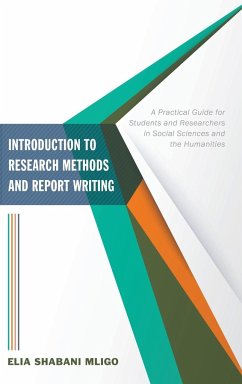
The Changing Role of the Managing Chaplain at Haverigg Prison
Versandkostenfrei!
Versandfertig in 1-2 Wochen
27,99 €
inkl. MwSt.
Weitere Ausgaben:

PAYBACK Punkte
14 °P sammeln!
This paper is the result of ethnographic research carried out by the Managing Chaplain at Haverigg Prison. It is the first work of its type since the reorganization of the Prison Service in 2013 under the heading 'Fair and Sustainable.' Essentially, it is a case study of the role of the Managing Chaplain at Haverigg, with an evaluation of the changed role of the Prison Chaplain, with particular attention to the chaplain's role as a Christian leader. Much of the content is concerned with perception, both historic and contemporary. The main body of the work identifies relevant background informa...
This paper is the result of ethnographic research carried out by the Managing Chaplain at Haverigg Prison. It is the first work of its type since the reorganization of the Prison Service in 2013 under the heading 'Fair and Sustainable.' Essentially, it is a case study of the role of the Managing Chaplain at Haverigg, with an evaluation of the changed role of the Prison Chaplain, with particular attention to the chaplain's role as a Christian leader. Much of the content is concerned with perception, both historic and contemporary. The main body of the work identifies relevant background information alongside other models of leadership. It traces the history of the development and perception of the Prison Chaplain, and constructs an understanding of the leadership style currently employed. Issues arising include mission (as it applies in this context), the tension between pluralism and the uniqueness of Christ, the implicit suggestion of syncretism, and the use of religion as an intervention. The conclusion includes recommendations for maintaining the integrity of Christian witness whilst fully respecting all faiths.













